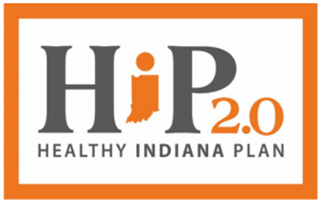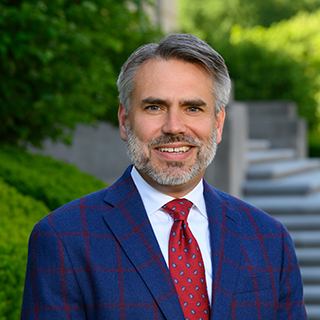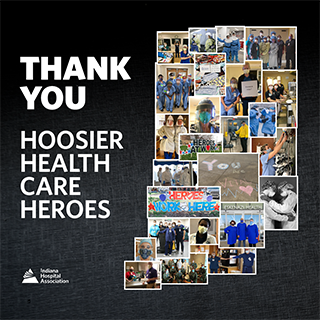The 1990s-2000s - In 1996, IHA celebrated its 75th anniversary with a new name and corporate identity that reflected its focus on partnerships: "Indiana Hospital & Health Association" (IHHA).
The IHHA led the charge to improve patient safety in Indiana hospitals by advocating for a medical error reporting system based on a list of 27 events that should never happen, which later became known as the "27 never events list." With a renewed focus on patient safety and quality of care, the Indiana Patient Safety Center was launched in 2006 under the direction of IHHA during Ken Stella's presidency.
In 2007, Ken Stella retired after 23 years of leading the Association. Douglas J. Leonard, IHHA's past two-term chairman and CEO of Columbus Regional Hospital, was selected as the new president. Recognizing the need to refocus the Association's efforts on hospital-specific issues, Indiana Hospital & Health Association once again became the Indiana Hospital Association.
Healthy Indiana Plan
 The 2010s -
The 2010s - President Barack Obama passed his signature legislation, the Patient Protection and Affordable Care Act in 2010. This act, and the Health Care and Education Reconciliation Act of 2010, comprise what is also known as "health care reform."
In 2011, IHA celebrated its 90th anniversary with the slogan, "Stability Through Decades of Change." 2015 was a big year for health care and IHA. On January 27, 2015, Indiana won approval, and the Healthy Indiana Plan healthcare coverage was expanded through the HIP 2.0 waiver. Since then, HIP has grown to serve more than 690,000 Hoosiers.
IHA's Fourth President
 2017 brought yet another leadership transition for the Association. With the retirement of Doug Leonard that year, Brian Tabor, IHA Executive Vice President, was selected to become IHA's fourth president. His substantial experience in various policy and government relations roles further cemented the Association's reputation as the voice for Indiana hospitals, particularly in the Indiana General Assembly.
2017 brought yet another leadership transition for the Association. With the retirement of Doug Leonard that year, Brian Tabor, IHA Executive Vice President, was selected to become IHA's fourth president. His substantial experience in various policy and government relations roles further cemented the Association's reputation as the voice for Indiana hospitals, particularly in the Indiana General Assembly.
Although Congress enacted the Affordable Care Act (ACA) in 2010, it remained the subject of intense policy debate for years. Finally, in 2015, then-Governor Mike Pence announced a partnership with IHA to expand coverage to hundreds of thousands of uninsured Hoosiers through the Healthy Indiana Plan (HIP). The announcement came after months of negotiation with his administration and the team led by IHA president Doug Leonard. In addition to Leonard, current IHA president Brian Tabor was awarded the Sagamore of the Wabash recognition by Pence alongside Tim Kennedy, IHA's General Counsel with Hall Render, and Sally Cleveland, Director at Blue & Co. As Tabor transitioned into the president's role in 2017, he was challenged to keep HIP intact as the ACA "repeal and replace" battle consumed Washington, D.C. Fortunately, HIP was preserved and provided a vital lifeline for many more Hoosiers as the 2020 pandemic ensued.
COVID-19 Pandemic

The 2020s - The year ushered in an unprecedented challenge to IHA, its members, the country, and the world that none could have imagined. The first case of COVID-19 in Indiana was detected on March 6, 2020, and quickly turned the health care system upside down. As a result, IHA's entire efforts rapidly pivoted to steadfastly assisting its members in dealing with the uncharted waters of the global pandemic. As the war on COVID-19 waged on into 2021 and even 2022, IHA remained committed to providing needed guidance and support to its members.
As the staff at IHA reflect on the past 100 years of the Association, many milestones, achievements, and challenges have been captured and acknowledged. However, one thing remains a constant – we continue to be honored and humbled to have the privilege to serve the hospitals of this state and the patients to whom they so selflessly provide care every day.
